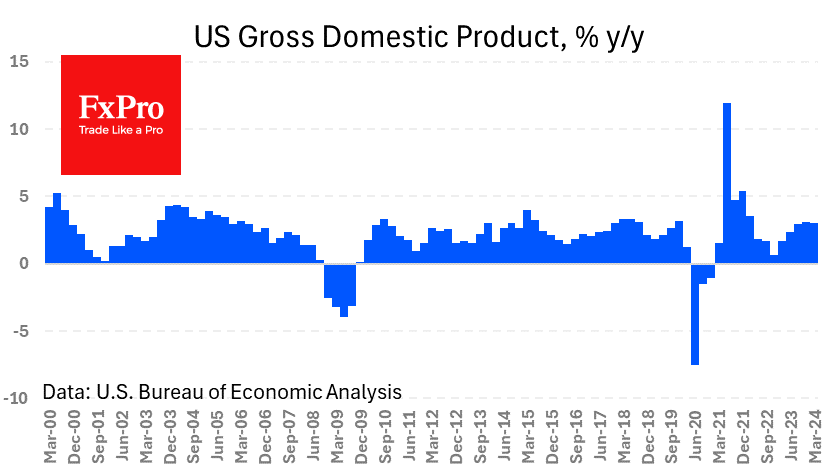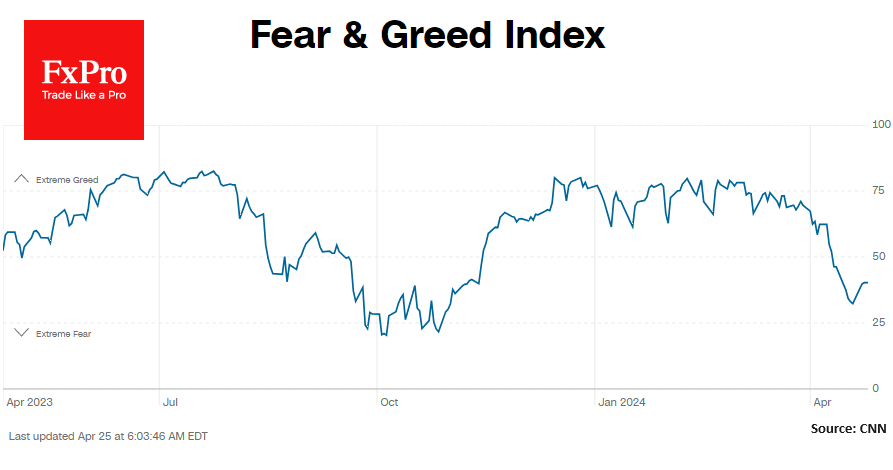Ethereum Volatility Drops Below Bitcoin’s but ETH Options Are Bearish
June 30, 2020 @ 21:21 +03:00
Ether (ETH) options implied volatility, a measure of the expected price swings as per the options markets premium, has dropped below Bitcoin’s (BTC) for the first time ever.
This could signal that investors have given up expectations of a price decoupling, or they simply expect ETH price moves to mirror Bitcoin
In the case of potential catalysts for significant price moves, implied volatility tends to move up whereas an absence of triggers causes volatility to recede, alongside a diminishing premium on options markets.

The above chart shows a continuous drop on both assets’ volatility, which can be partially explained by the Bitcoin halving in mid-May. At the time, investors had reasons to believe prices could oscillate more drastically as the possibility of various miner capitulations loomed.
At the same time, positive news from strong inflows by Grayscale Investments, advancements on the Ethereum 2.0 testnet, and a growing DeFi ecosystem boosted traders’ expectations.
Volatility within the crypto market remains well above the level seen in the S&P 500 and that should be no surprise.
There are a handful of reasons behind this difference and some of the more notable ones are: the enormous untapped potential of digital assets and existing uncertainties related to the necessary evolution of various protocols.
Meanwhile, Bitcoin’s put/call options ratio tells a different story as put (bearish) options total 40% of the current open interest which is down from an 80% pre-halving peak .
This shouldn’t be interpreted as a bull/bear indicator by itself as it depends on the strike levels those options have been set at.
Longer-term ETH options are curiously more active than next month’s contract and that’s a stark difference from the BTC markets.
Although it is impossible to pinpoint the exact reason, one might infer that the ongoing Ethereum 2.0 development is behind this.
Low volatility does not imply that investors expect a price upswing or downswing, it simply reflects reduced expectations of major price catalysts. As reported by Cointelegraph, there have been a couple of bullish indicators for Ether, including increasing user activity and surging institutional demand.
For those willing to benefit from the potential upside of Ethereum 2.0, this is an excellent opportunity to buy longer-term call options.
Low volatility translates to reduced costs for buying options contracts, which, unlike futures markets, provides a way to keep open positions despite short term negative price swings.
Ethereum Volatility Drops Below Bitcoin’s but ETH Options Are Bearish, CoinTelegraph, Jun 30







